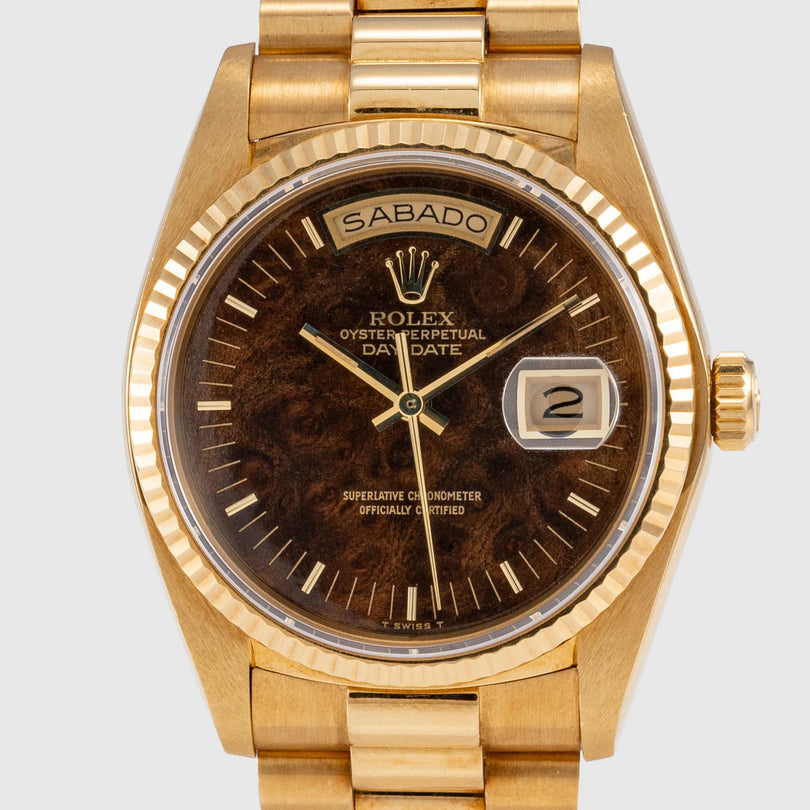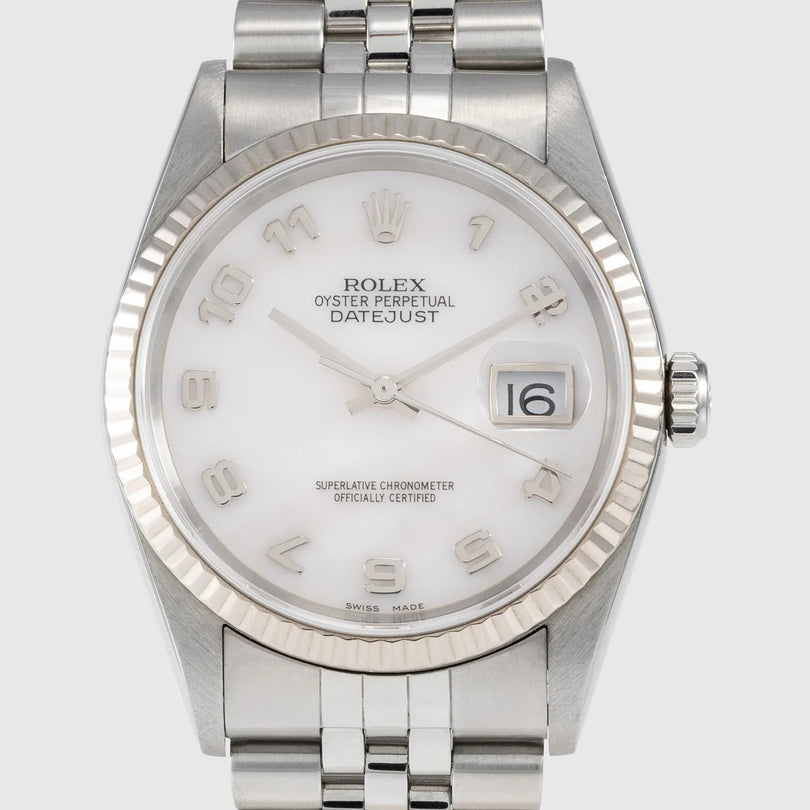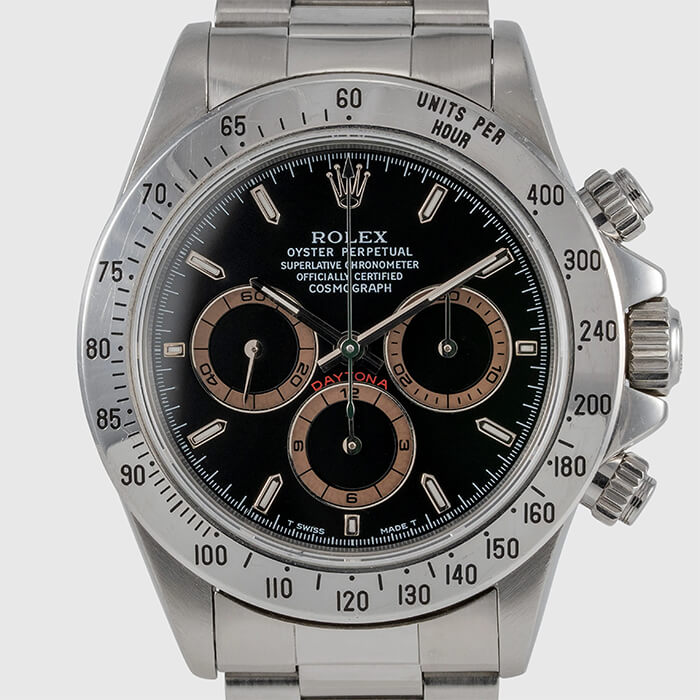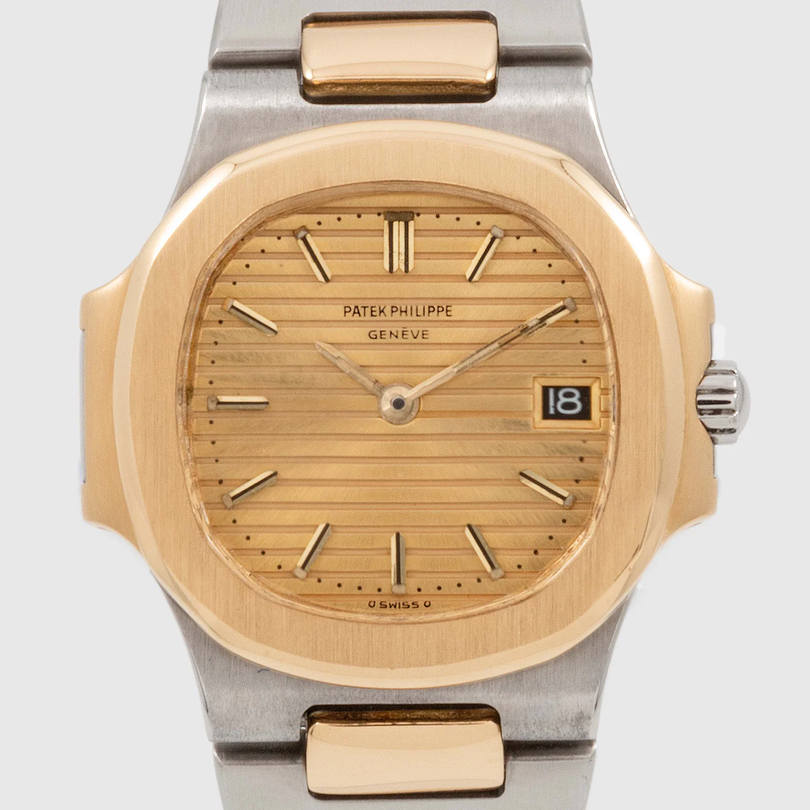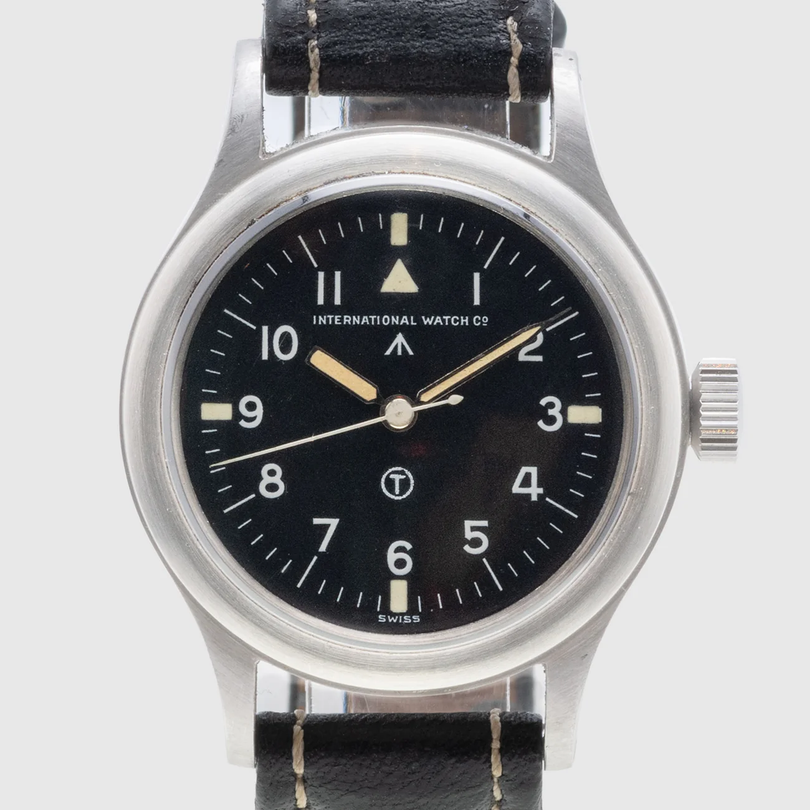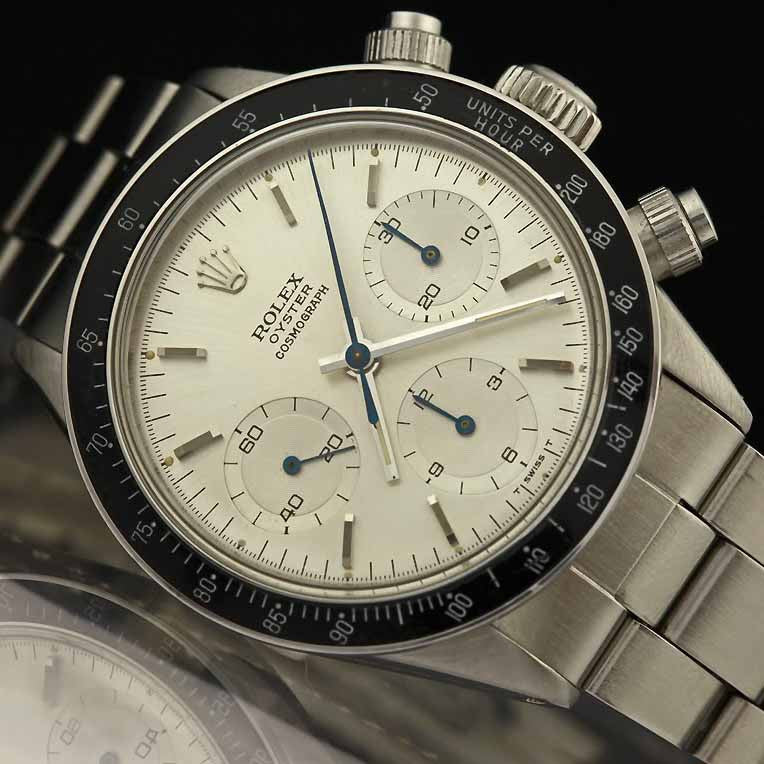
Fine Swiss watchmaking and Quartz technology seem contrary, however Rolex’s history & commitment to the development of quartz is underappreciated. Rolex was one of the first Swiss companies to be involved. It registered a patent in 1952 for an electro-mechanical watch and, in 1969, was one of the first to patent a Quartz watch. Over the 30 year period of 1960 to 1990, of the 50 patents awarded to Rolex, 21 were related to quartz technology.
Through Rolex’s membership in Centre Electronique Horologer (CEH) and their cooperation with other Swiss watchmakers, including Patek Philippe, Omega, IWC and Zenith, Rolex developed the “Beta 21” movement in 1968. Displaying their typically conservative approach, Rolex tested the Beta 21 for nearly two years before making it available to the public.

Launched in June 1970, the Reference 5100 was the first Rolex to use the Beta 21, which had both hacking features & quick-set date change. It was also the first Rolex case to use a sapphire crystal. It’s new (and chunkier) design was a bold step forward. Only available in 18 kt gold, the Rolex Quartz was one of the most expensive watches in the collection. Interestingly, it was only the second numbered and limited edition watch ever made by Rolex. In total, it is estimated that 1,000 pieces were made; 700 in yellow gold and 300 in white gold. The ref 5100 was sold out before the year end.
From 1972 to 1977, Rolex developed the “Oysterquartz” movement, the calibre 5055. Using a combination of quartz & mechanical technology, the 5055 was four times more accurate than it’s predecessor, the Beta 21. Featuring a much slimmer case, Rolex released a number of versions; the references 17000/13/14 Datejust in stainless steel / steel & yellow gold / steel & white gold, respectively, while also releasing the references 19018 / 19 Day Date in yellow gold / white gold. The bracelet designed & used especially for the Oysterquartz remains among the most desired of watch bracelets. It’s modern, almost Gerald Genta-esque, case shape was well received; Rolex tested it for 2 mechanical models, the 1530 Date and the 1630 Datejust, both of which were made for a limited period and are highly collectible. The reference 17000 last made an appearance in the Rolex catalog in 2001, while the other references were eventually phased out by 2003. In total, approximately 25,000 Oysterquartz watches were ever made.

After the calibre 5055 was launched, Rolex continued to work on its quartz capabilities and, in 1988, patented what was expected to be the calibres 5335 (day function) & 5355 (day & date functions). However, the decision was made to not take these movements into full production. For this, a number of reasons can be speculated; the first being the development of highly accurate mechanical movements (specifically the calibre 3030). A second possible reason was the proliferation of fake Rolex watches whose “ticking” seconds hand was a quick giveaway of the use of a mass-produced quartz movement. Quartz watches, as evidenced by the rise of Swatch, became ever prevalent. This may have provided further concern to Rolex that they would struggle to sell a quartz watch at similar retail prices to its mechanical sister-references, especially when differences in accuracy became less pronounced.
The Rolex Oysterquartz remains among the most admired quartz watches. It’s case & bracelet design, variations, technology and history provide plenty to a dedicated fan base of collectors & enthusiasts.


